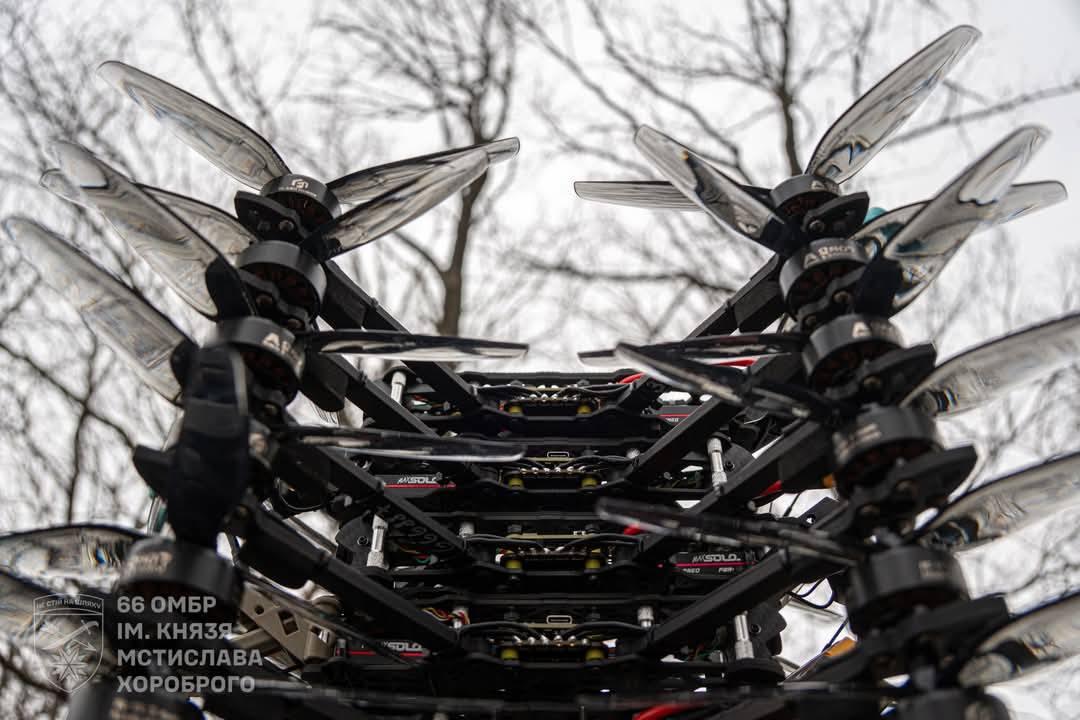Modern warfare is increasingly defined by the use of drones and long-range strike systems rather than traditional infantry battles, according to Yurii "Lys," chief sergeant of the unmanned systems battalion of Ukraine’s 24th Separate Mechanized Brigade.
Drones have become essential for Ukraine’s defense against Russia, fundamentally altering battlefield dynamics. Drones can provide live surveillance of Russian movements, artillery positions, and supply lines and also deliver targeted attacks on command centers, fuel depots, and personnel.
Ukraine emerged as a global leader in drone innovation, producing over 5 million FPV drones annually and developing advanced long-range missile-drone hybrids like the Palianytsia and Peklo to target Russian military infrastructure.
The so-called "gray zone," the contested area between opposing forces, expanded significantly over the past year due to the widespread presence of unmanned aerial vehicles (UAVs).
"If a year ago the gray zone was about 500 meters to 2 km (1.2 miles) wide, it now stretches 5 to 6 km (3-3.7 miles), and in some areas even up to 7 km," Yurii said, according to ArmyInform.
According to Yurii, approximately 50 drones, both reconnaissance and strike types, are airborne at any given moment. He emphasized that this figure includes both Ukrainian and Russian drones.
The sergeant also noted that Russian forces are actively enhancing their drone capabilities, at times replicating Ukrainian tactics in drone interception and battlefield mining.
"Now the war resembles less a clash of infantry or armored units and more a long-distance remote confrontation," he explained.
He added that increased engagement distances and expanded kill zones characterize the current battlefield dynamics.
In addition to drones, Russian forces increasingly employed motorcycles, ATVs, and light vehicles to maneuver through zones monitored by Ukrainian drones. Yurii stated that Russian units attempt to disperse their forces to avoid detection, frequently conducting assaults using small, mobile groups.
"It’s a big problem for us because these are mobile groups that we have to constantly detect and engage using a large number of strike drones," Yurii said.
Nevertheless, he noted that Ukrainian tactics, including reconnaissance, fire targeting, and mining of routes have been effective.
Following Ukraine's innovative use of drones against Russian forces, European nations are rapidly investing in drone warfare capabilities. Estonia launched a €5 million drone training center with Luxembourg's support, Denmark is building a $110 million drone facility to train operators by 2026, and Finland is leveraging Arctic conditions for drone testing.
Ukraine also sent instructors to the UK to share frontline expertise, while Canada's ZenaTech is establishing a drone testing site in Türkiye.

